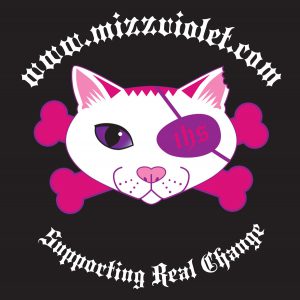ultraculture.org
https://psychedelichistorian.com/
Neuro-linguistic programming (NLP)
“Neuro-linguistic programming is a pseudoscientific approach to communication, personal development, and psychotherapy created by Richard Bandler and John Grinder in California, United States, in the 1970s.” (Wikipedia)
step 1
a) what side of the brain is the person predominantly using
b) what sense (sight, smell, etc.) is most predominant in their brain
c) how their brain stores & utilizes information (ALL of this can be gleaned from eye movement)
d) when they’re lying or making information up
step 2
slowly & subtly mimic
– body language
– speech mannerisms
– language
– primary sense
An NLP person essentially carefully <u>fakes</u> the social cues that cause a person to drop their guard and enter a state of openness and suggestibility
Sense
sight – “do your see.”
visual metaphors – “look at it.”
hearing – “hear me.”
“I’m listening.”
goal – rapport 4 (conditioning)
elicit & anchor
eliciting is an engineered emotional state. “hunger” anchored with touch “physical cue” to use for <u>calling up</u> that elicited state
1. copy body language
2. random eye movement
3. no touch
4. vague language (change)
5. permissive language (feel free)
6. gibberish (ask “can you explain”)
7. in between lines (diet, nutrition, sleep w/me)
8. attention
9. agreement (no)
10. intuition

